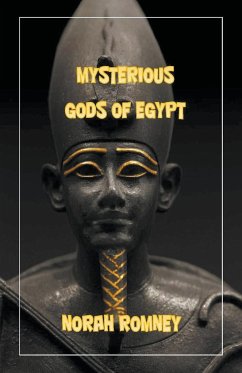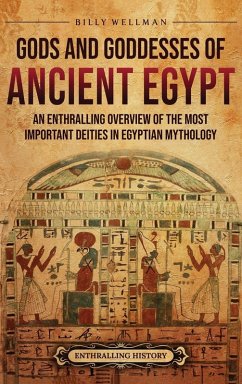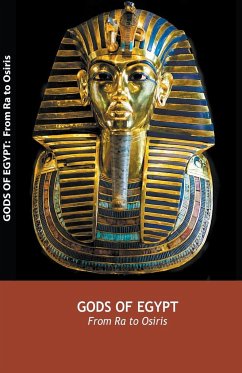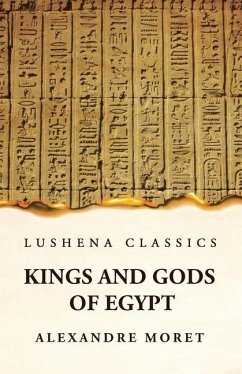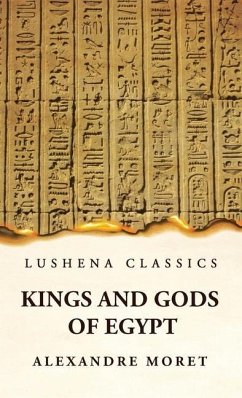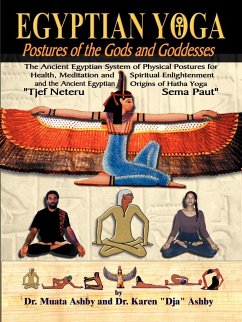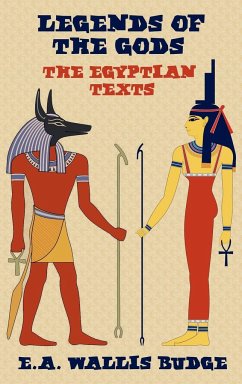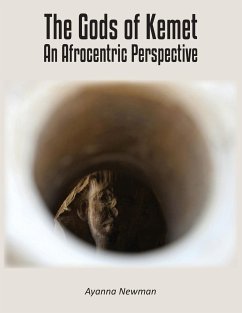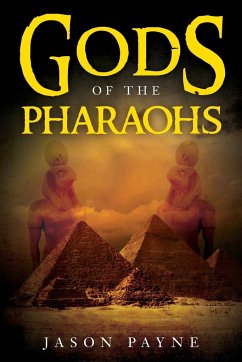
Powerful Gods and Ancient Sites in Egypt
Versandkostenfrei!
Versandfertig in 1-2 Wochen
23,99 €
inkl. MwSt.
Weitere Ausgaben:

PAYBACK Punkte
12 °P sammeln!
Egypt is a land of ancient wonders. From the pyramids to the Sphinx, Egypt has been home to many great civilizations. It's also known for its temples and tombs. These ancient sites were not just places where people lived and worked; they were also places where people would worship their Gods to please them. The Egyptians believed that their gods lived in heaven on top of mountains or under oceans, so they built temples to bring them closer together with these gods. "Heliopolis" is Greek, meaning "City of the Sun." the city of Heliopolis was the center of worship for the sun god, Ra. It was loc...
Egypt is a land of ancient wonders. From the pyramids to the Sphinx, Egypt has been home to many great civilizations. It's also known for its temples and tombs. These ancient sites were not just places where people lived and worked; they were also places where people would worship their Gods to please them. The Egyptians believed that their gods lived in heaven on top of mountains or under oceans, so they built temples to bring them closer together with these gods. "Heliopolis" is Greek, meaning "City of the Sun." the city of Heliopolis was the center of worship for the sun god, Ra. It was located in the Nile delta. The local name for this city was On or Iwn. In ancient times it was an important religious and educational center; it served as a significant temple to Ra and housed one of three Egyptian universities—the other was Memphis and Thinis—where students studied subjects like philosophy, astronomy, theology, and healing arts. The Valley of the Kings (or Theban Necropolis) is a valley in Egypt. It's where pharaohs were buried, so it's essential to the history of Egypt. There are over 60 tombs in this area, including several that have not been fully excavated yet. The Valley of the Kings is one of UNESCO's World Heritage Sites and is open to visitors daily! Memphis was the capital of Egypt during the Old Kingdom, Middle Kingdom, and the New Kingdom. During these periods, Memphis was also the religious center of ancient Egypt. Its importance can be attributed to its strategic position along important trade routes between Upper and Lower Egypt. The city was first established by Menes (Narmer), who united Upper and Lower Egypt into one kingdom around 3100 BCE. He chose the site due to its strategic location on a north-south trade route connecting Thebes with Avaris; it would later serve as an important center for foreign affairs in later years as well. The city flourished under various kings during this period—namely Ahmose I, who moved his capital from Thebes to Memphis after defeating Nubia during his reign (ca 1550–1525 BCE); Thutmose III, who expanded it further upon becoming king; Hatshepsut, who established temples there while building new ones at Deir el-Bahri; Rameses II whose temple complex included four obelisks weighing over 200 tons each; Ramses III who built another temple at Medinet Habu near Aswan where he inscribed texts detailing military campaigns against Corfu Island in Crete (modern-day Greece). In ancient times, the people would worship the Gods by building a temple. It was their way of showing that they loved and respected their gods. Temples were built in honor of the god related to that place. For example, a temple for Ra (sun god) will be built close to where there is plenty of sunlight so he can shine on his followers daily. Temples usually have columns around them but only from one side; this was done because the Egyptians believed that if they built it from all four sides, it would block out some of Ra's light which could anger him and make him hurt them or even kill them! The inside temples were made with beautiful decorations like paintings on walls showing what happens after death or statues made out of stone showing how someone looks when they die peacefully (hint: very old looking). The primary purpose for building these temples was because they served three primary purposes: worshiping your god(s), learning about them (libraries were often included), and performing rituals/prayers whenever you needed something important done quickly (for example, curing sicknesses).





